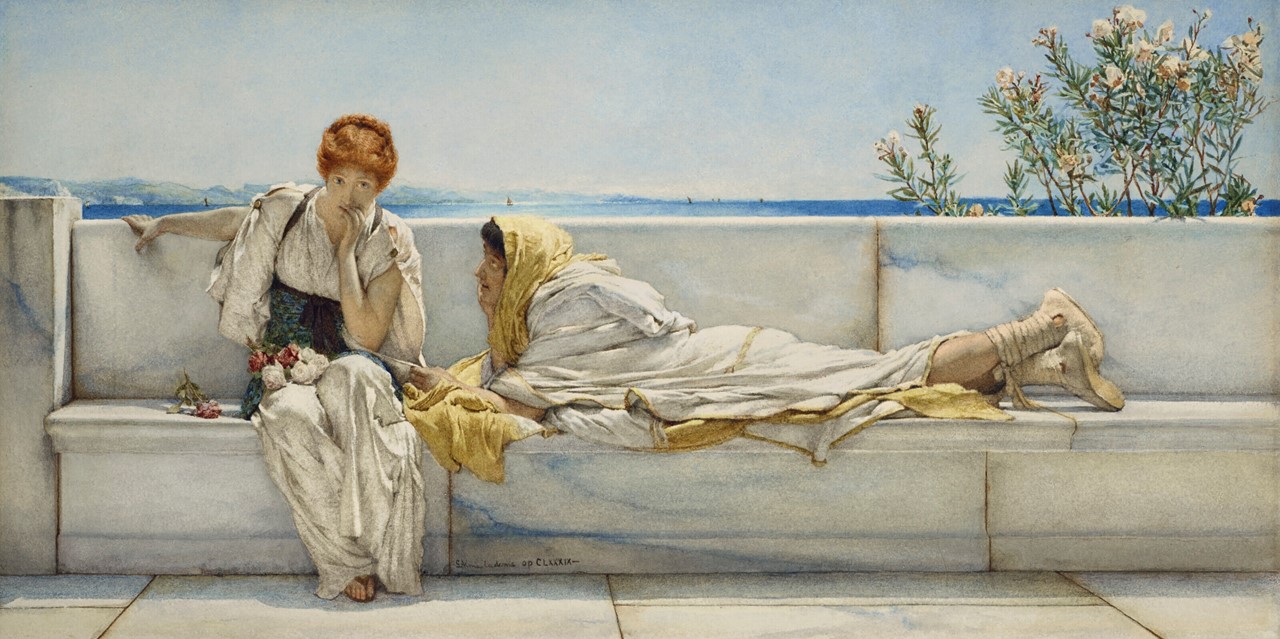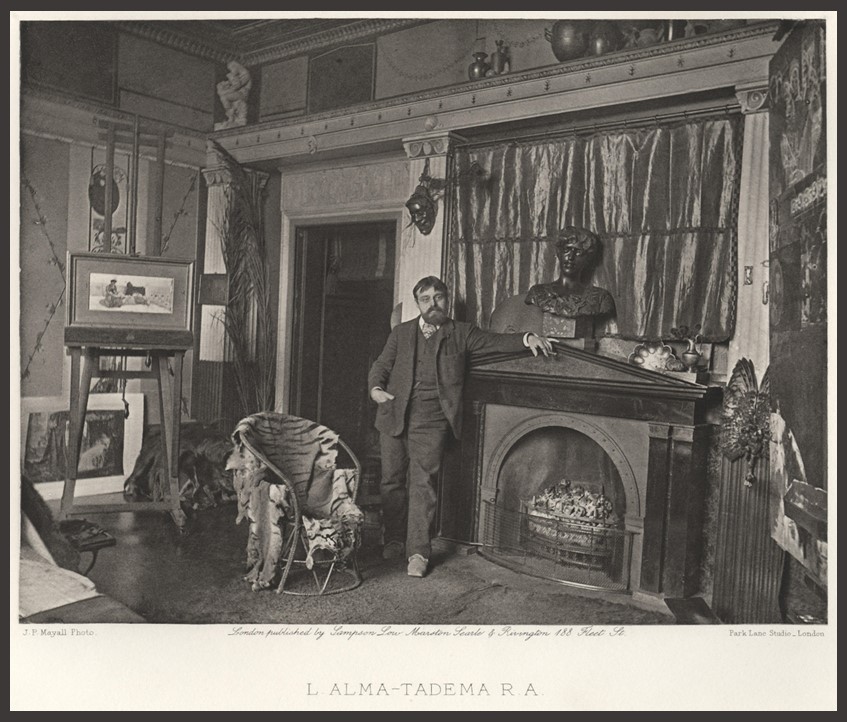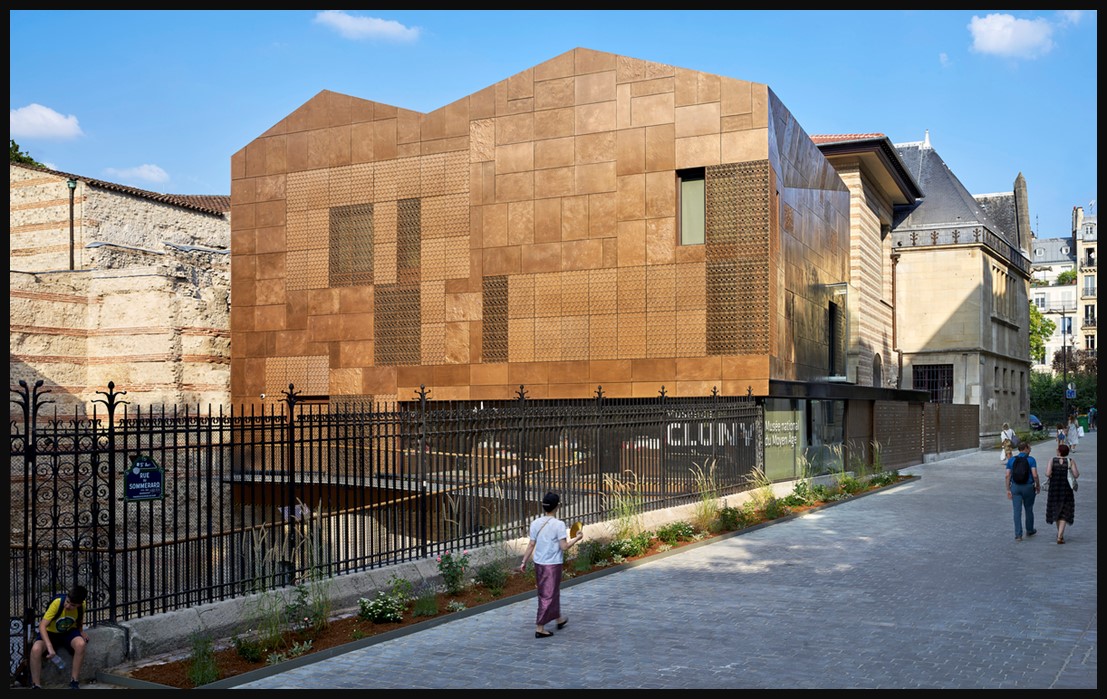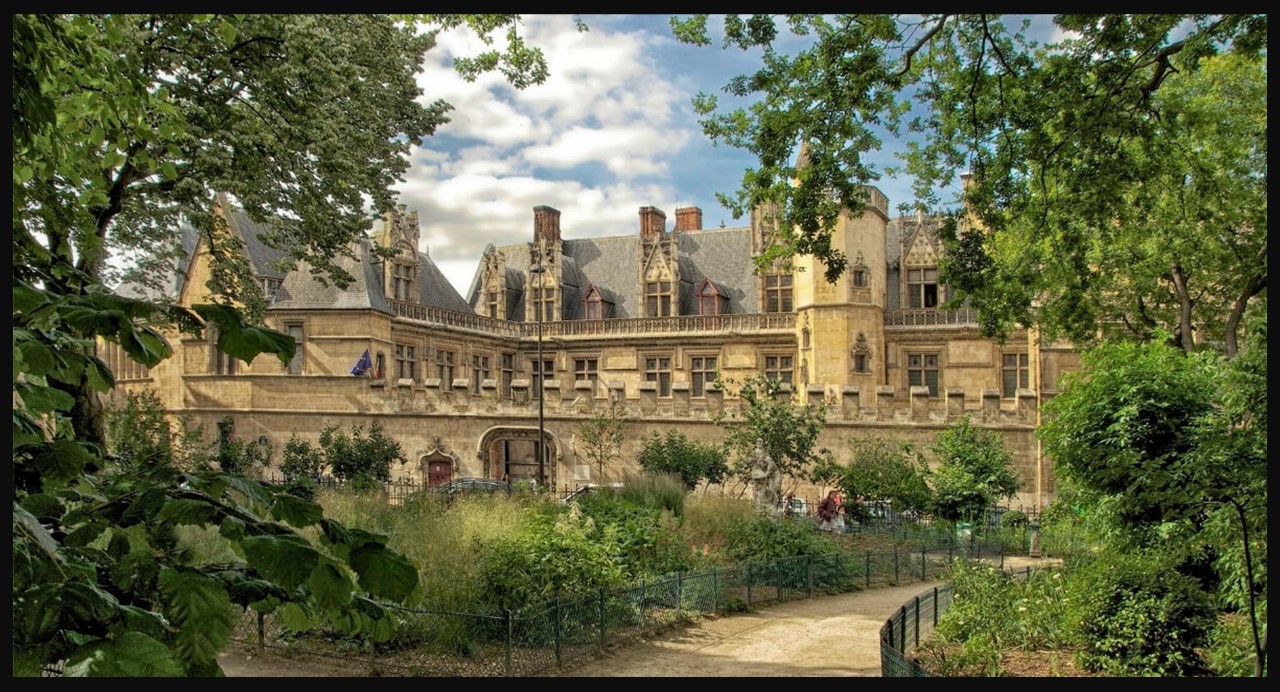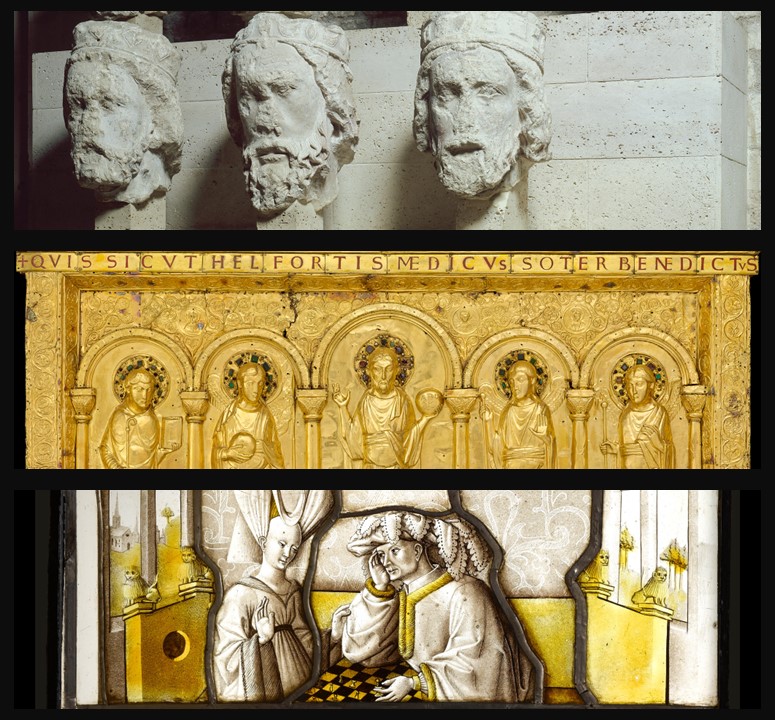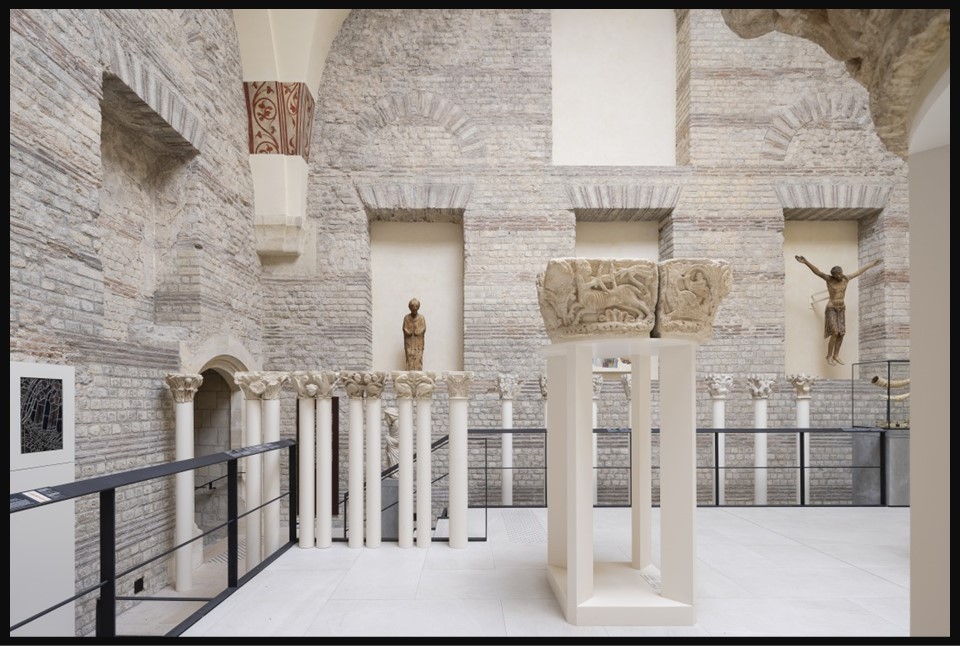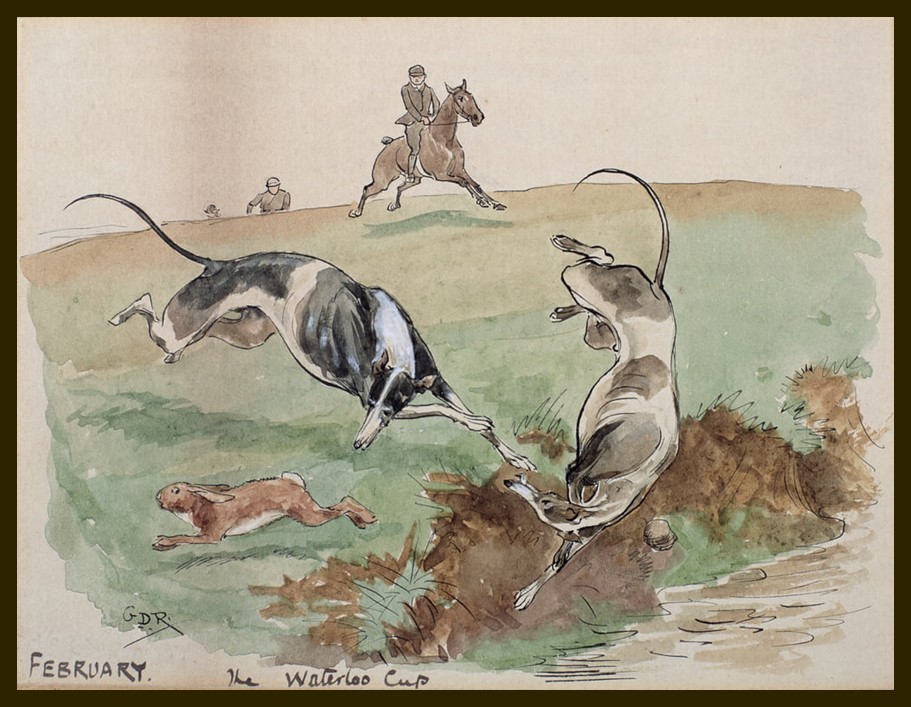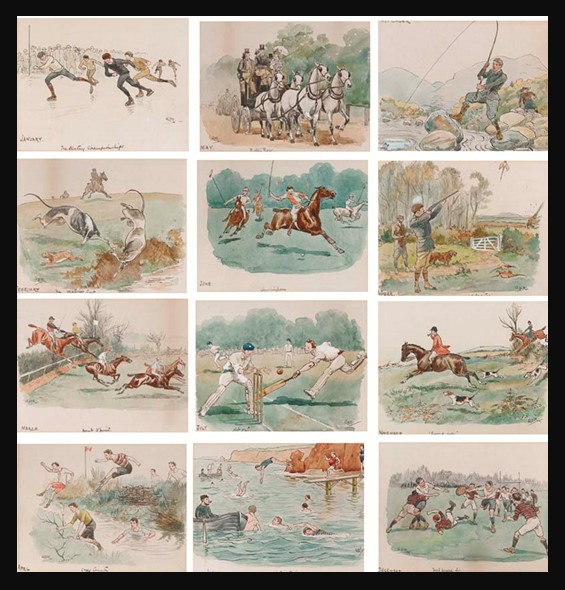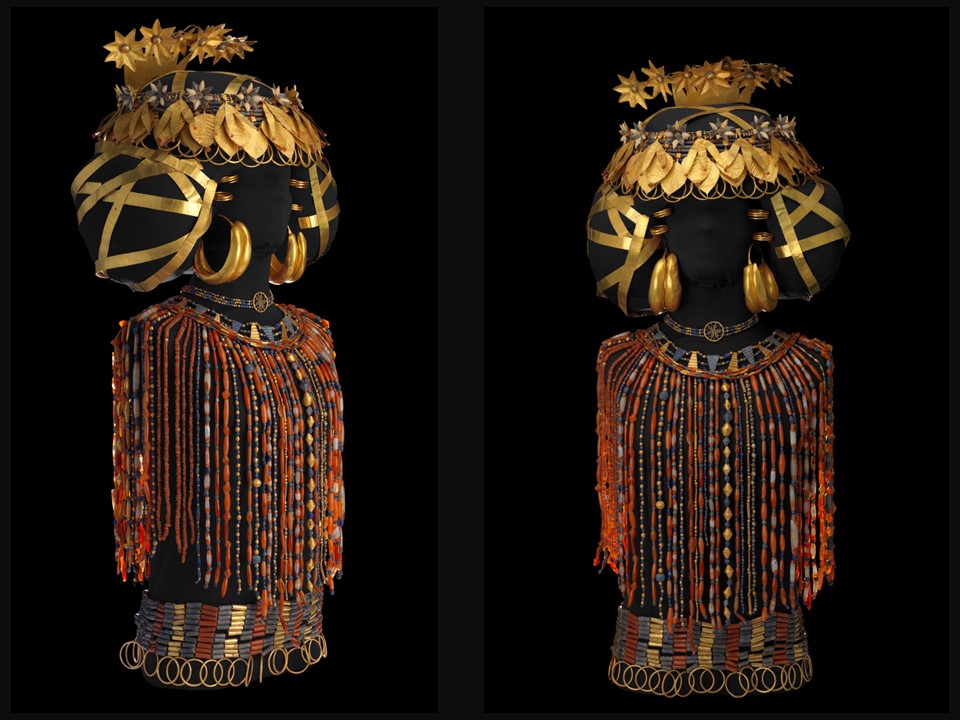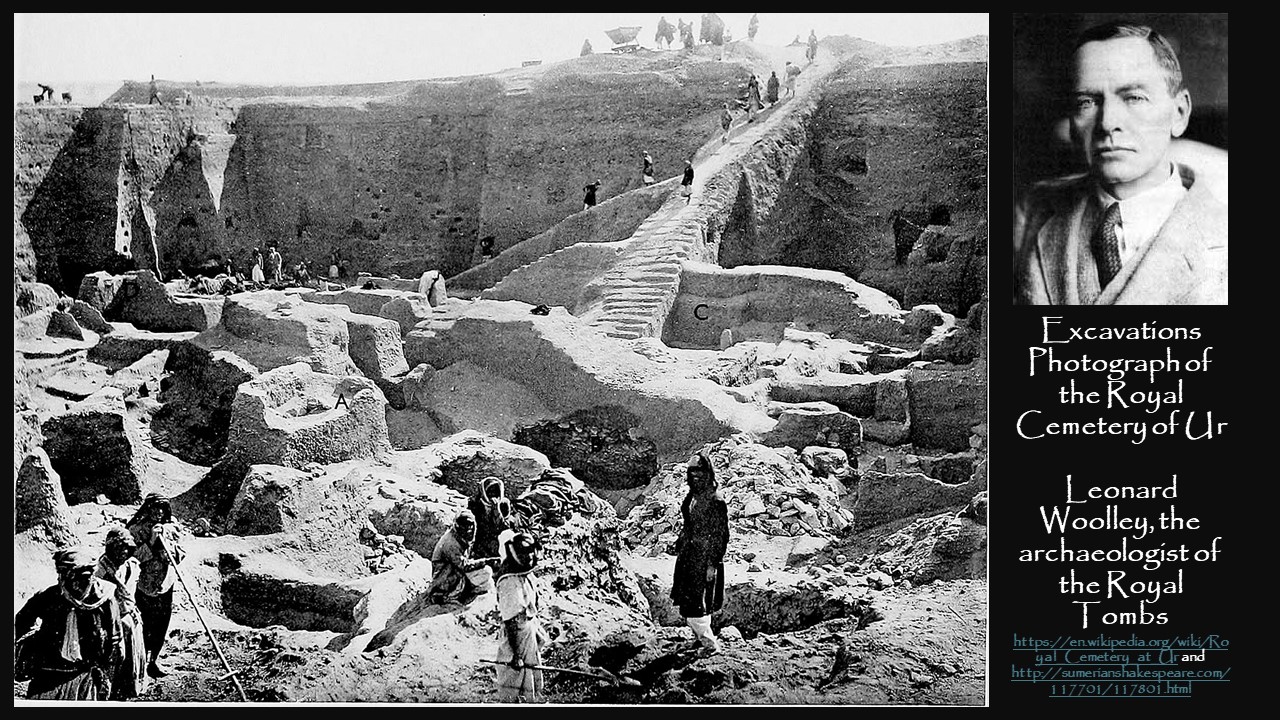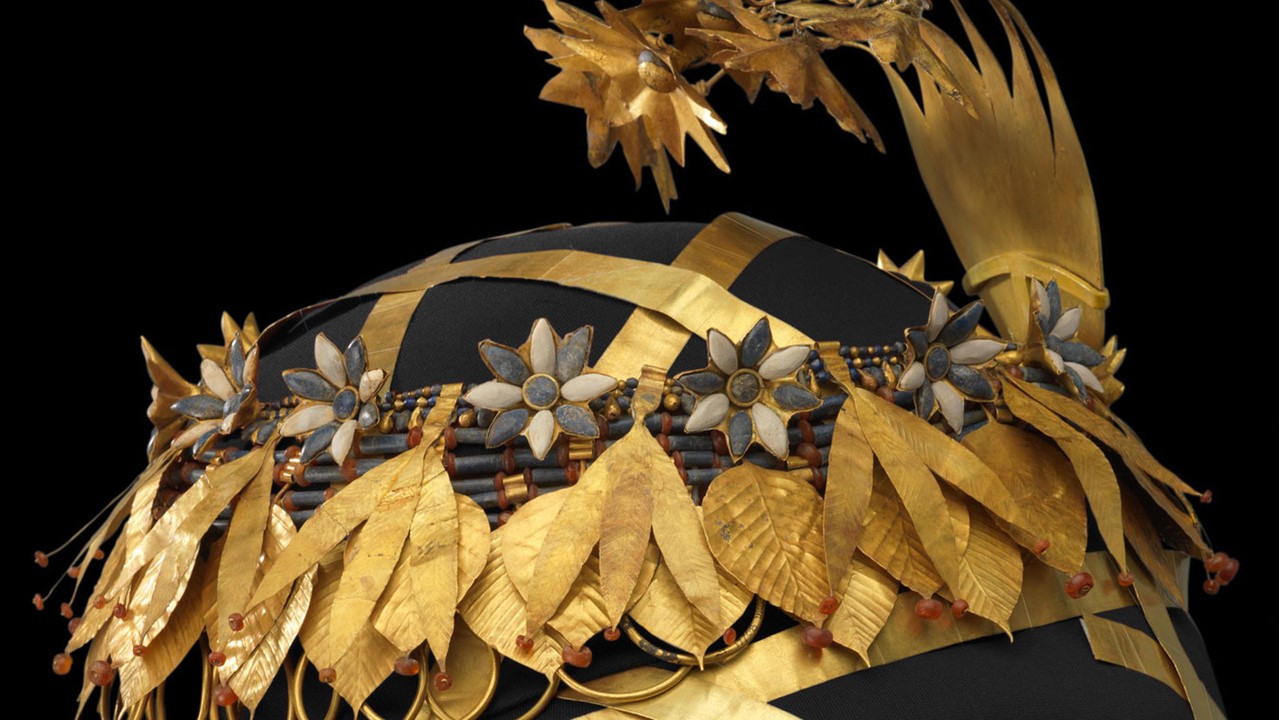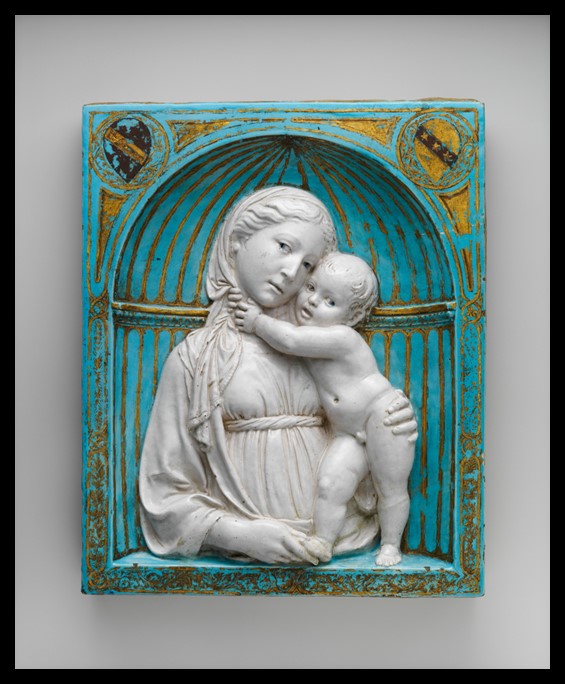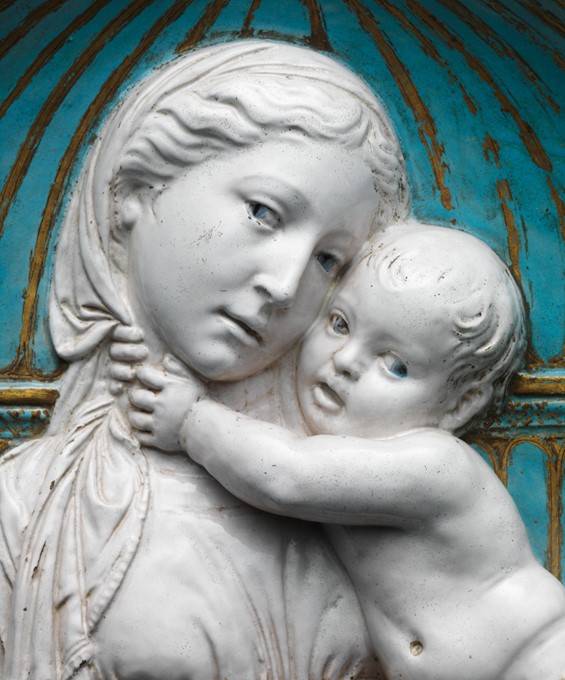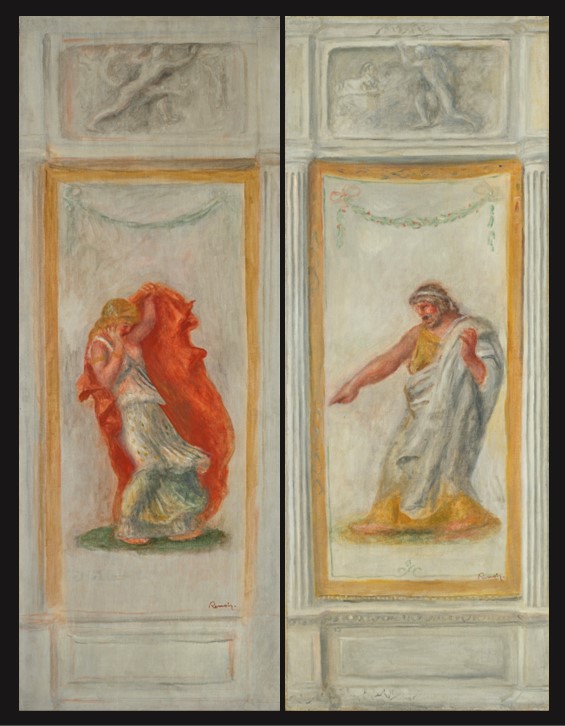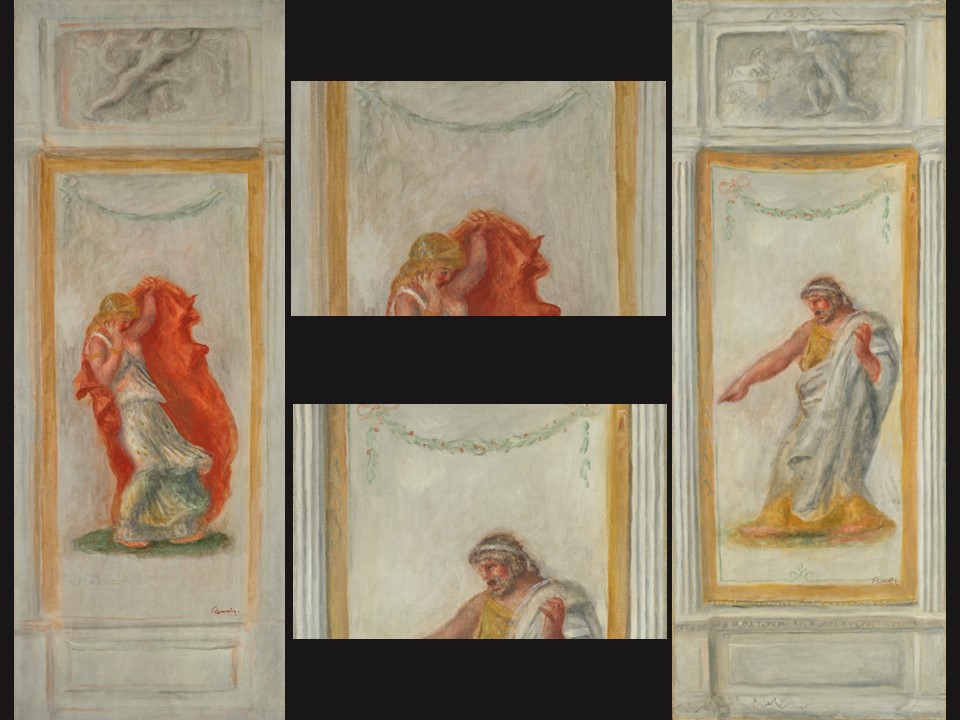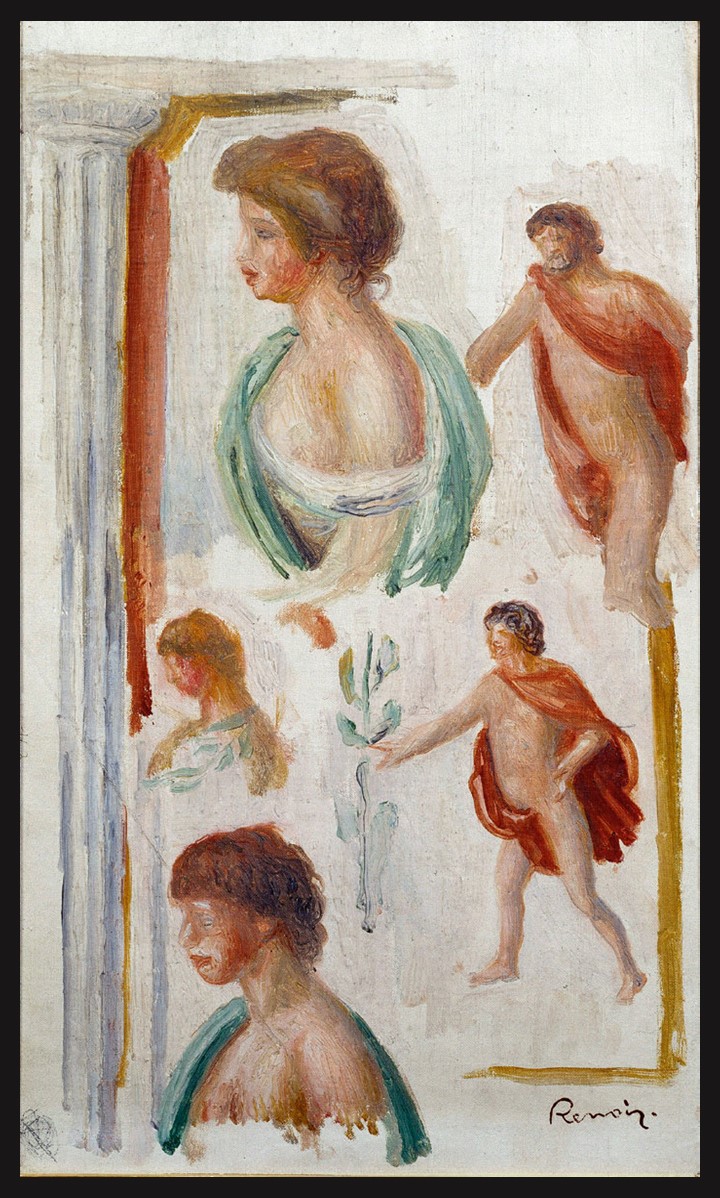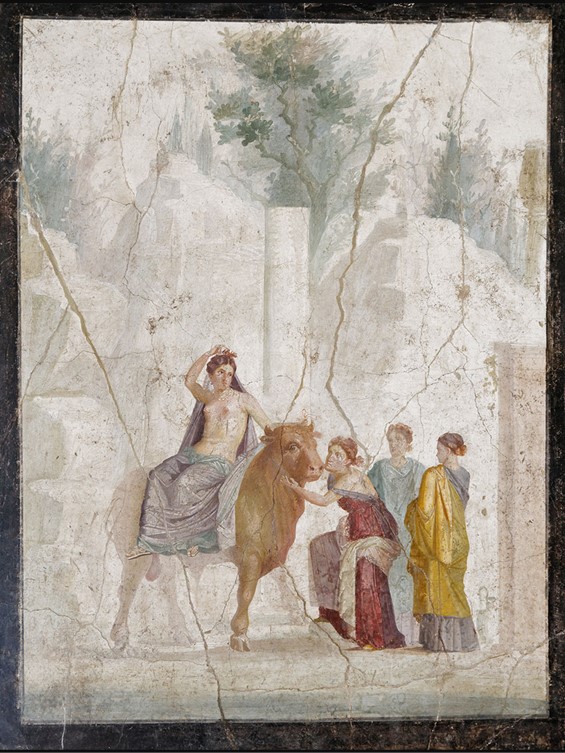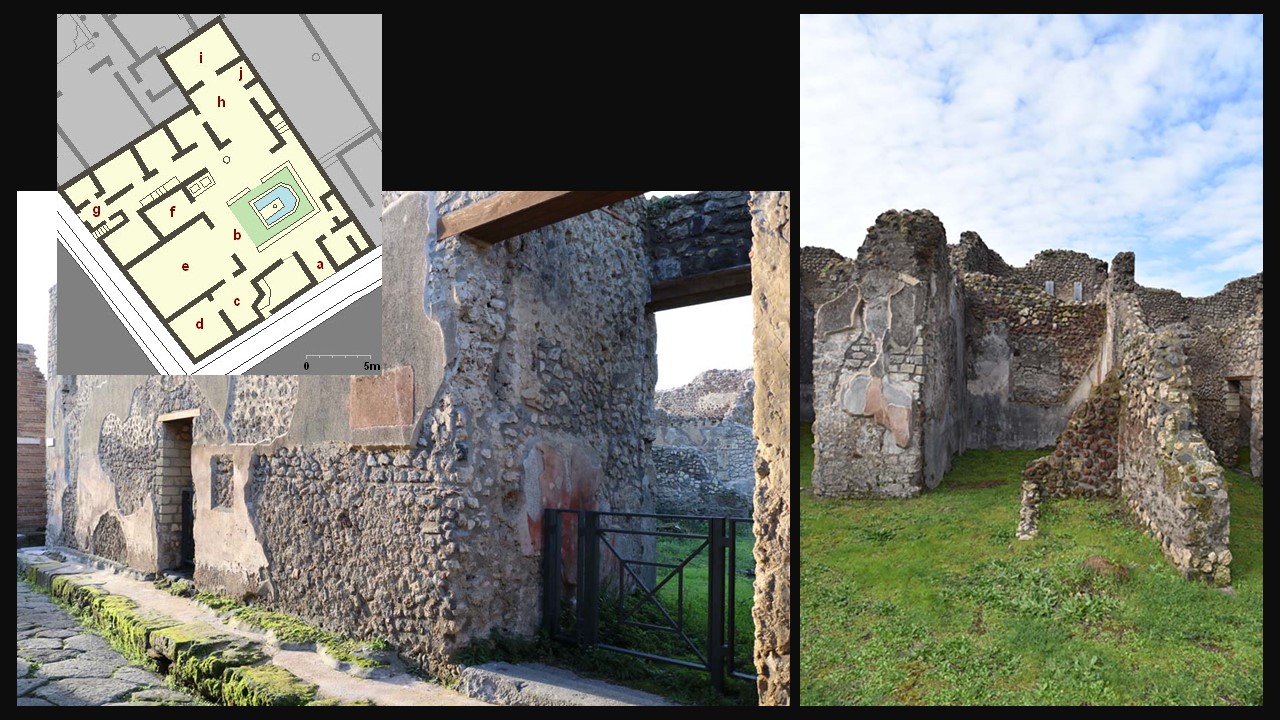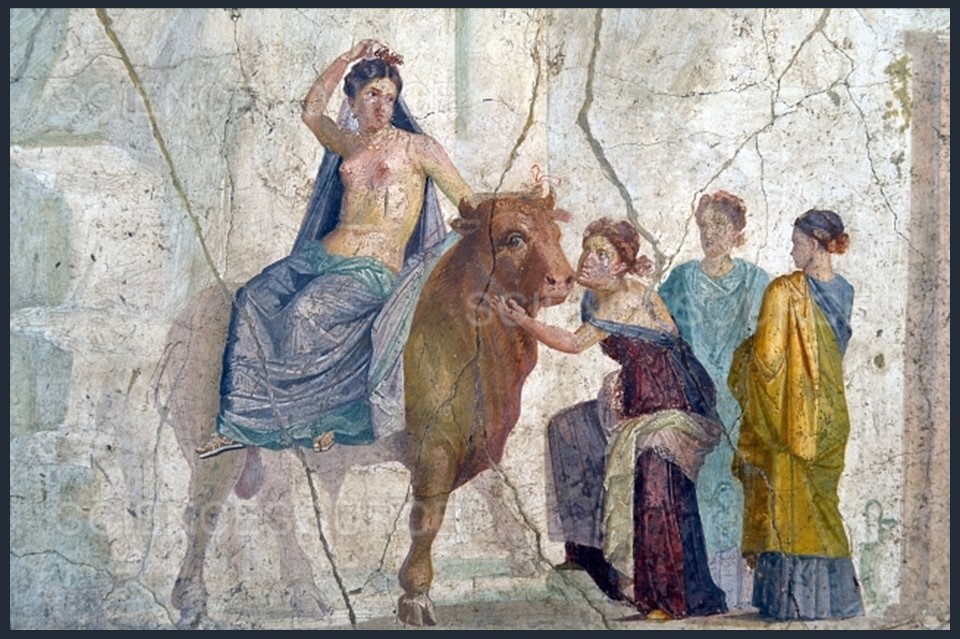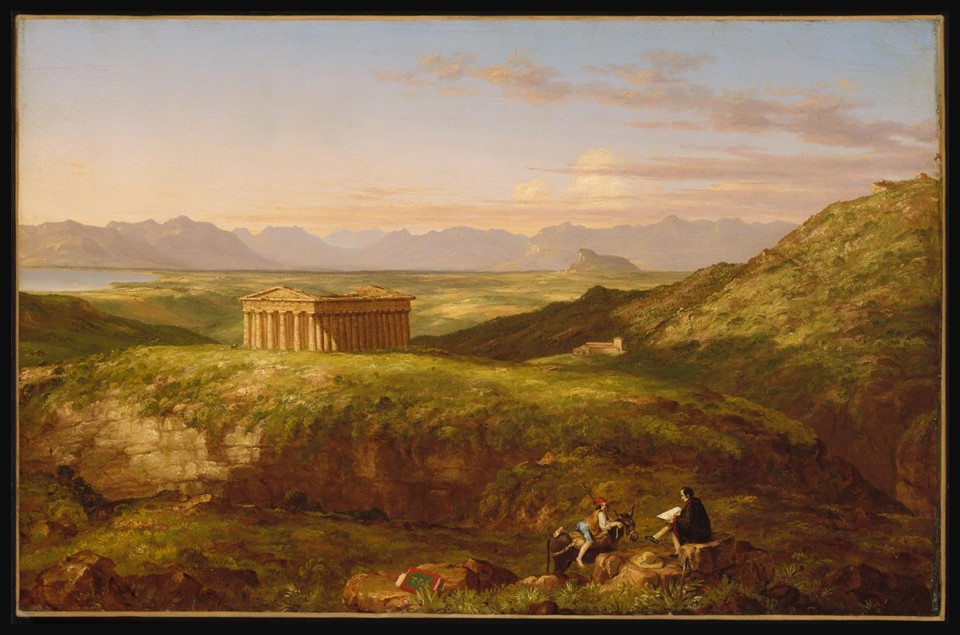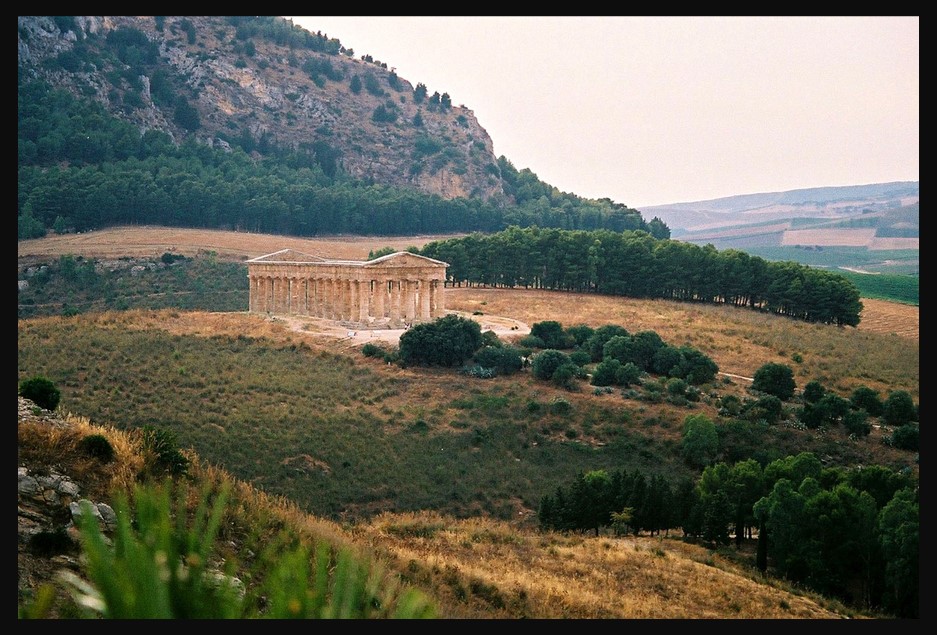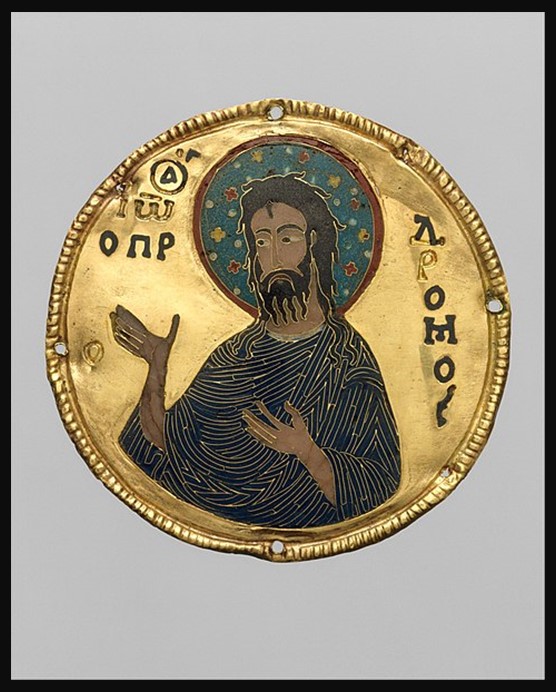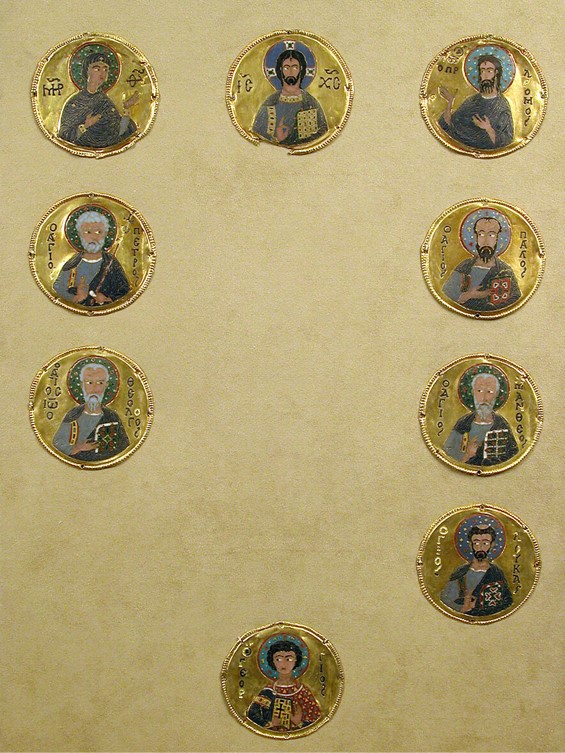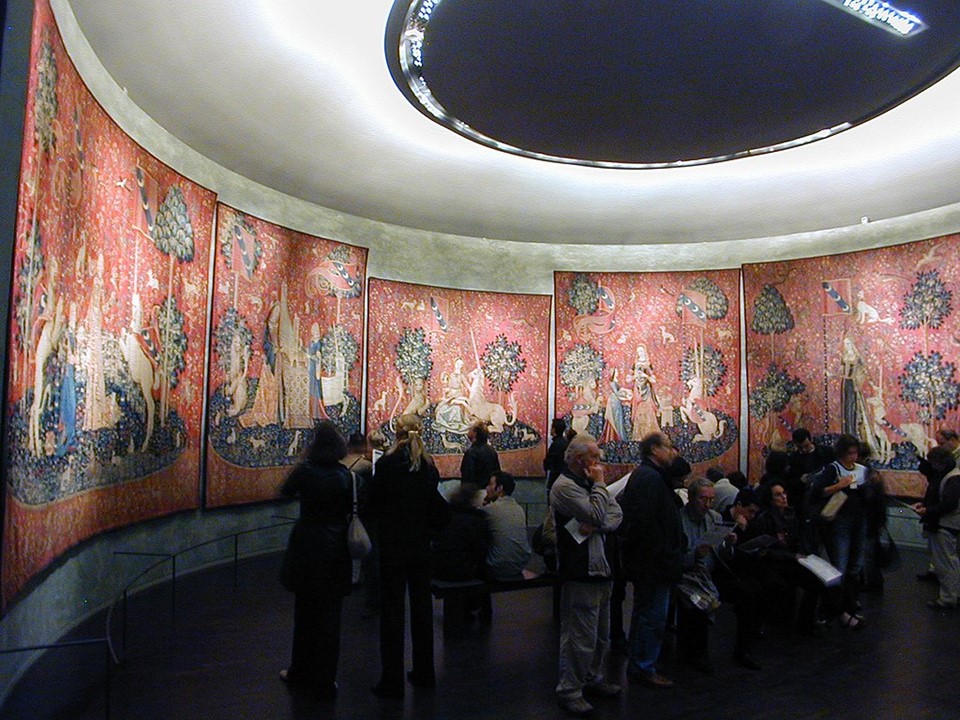
In the heart of the Cluny Museum in Paris, six exquisite masterpieces from the late 15th century quietly captivate visitors—The Lady and the Unicorn tapestries. These splendid works of art, steeped in mystery and allure, weave a narrative that transcends time. As we embark on a visual journey through the intricacies of this enchanting work of art let’s remember the oldest reference to the Unicorn… there are in India certain wild asses which are as large as horses, and larger. Their bodies are white, their horns dark red, and their eyes dark blue… The quotation comes from the 4th century BC book Indica, a combination of geography, and zoology, by Greek physician, Ctesias from Cnidos. http://printedpearls.com/unicorns-in-medieval-manuscripts
Introduction
The Lady and the Unicorn is a series of six tapestries dating back to the late 15th century, widely regarded as masterpieces of medieval European art. Each tapestry depicts a Lady interacting with a Unicorn in a lush garden setting, with accompanying elements such as a lion, monkeys, and various flora and fauna. The symbolism within the scenes is rich, revealing the Medieval world of the human Senses and conveying themes of romance, chivalry, and morality. The precise meaning of the tapestries remains open to interpretation, adding to their mystique and enduring allure. Despite the passage of centuries, The Lady and the Unicorn tapestries continue to captivate viewers with their timeless beauty and enigmatic narrative.
The Patrons
Introducing the captivating narrative woven into The Lady and the Unicorn tapestry, the coat of arms featured, a vivid red shield with a blue band adorned with three silver crescent moons, offers a crucial historical clue. This distinctive heraldry connects the commission of the tapestries to the Le Viste family, notable figures in the Paris parliament during that era. The family’s ascent in social status is reflected in the tapestries, adorned with a profusion of heraldic symbols and emblems, a deliberate assertion of their collective and individual power. The full coat of arms, potentially linked to Jean IV Le Viste or his cousin Antoine, suggests a weaving date around 1500. The presence of the initials A and I in the “Mon seul désir” motto hints at a celebration, possibly related to an engagement between the groom and bride, particularly Jean IV and Jacqueline Raguier. Stylistic connections to the workshop of the Master of the Très Petites Heures manuscript and the intricate symbolism throughout the tapestries add depth to the rich tapestry, making it a fascinating exploration of familial power, social ascent, and symbolic storytelling.
The Discovery
Crafted around 1500, The Lady and the Unicorn tapestries have captivated the imagination and curiosity of admirers for centuries. Their historical emergence gained momentum in the 19th century when they were rediscovered at the Château de Boussac, a small castle in central France. Notably, novelist George Sand played a significant role in elevating their prominence by featuring the enigmatic tapestries in her 1844 novel Jeanne, where she described them as masterpieces with intriguing historical significance. Concurrently, Prosper Mérimée, the inspector general of historic monuments in France, became aware of their artistic importance through Sand and recognized their exceptional originality and quality. Motivated by concerns about their condition, Mérimée fervently advocated for the state’s acquisition of the tapestries. Following prolonged negotiations, the town of Boussac ultimately agreed to sell these exceptional artworks to the state in 1882. Since then, they have found a permanent home at the Musée de Cluny – Musée national du Moyen Âge in Paris, where they continue to inspire awe and admiration.
Description and Interpretation
The six tapestries of The Lady and the Unicorn form a harmonious ensemble characterized by balanced and understated compositions, unfolding against a striking red Mille Fleur background. Each tapestry features a central narrative where the protagonist, an elegant, aristocratic Lady, occasionally accompanied by her lady companion, is consistently flanked by a Lion and a Unicorn who carry banners with the Le Viste family coat of arms. The profound mystery embedded in these tapestries, a source of fascination for George Sand, primarily resides in their elusive meaning, subject to interpretations. While five of the six pieces are widely accepted as representations of the Five Senses, Touch, Taste, Smell, Hearing, and Sight, there is a sixth tapestry, the meaning of which, remains enigmatic, leaving viewers to ponder if this is a tapestry depicting a Sixth Sense!
The tapestry presenting Touch is captivating… The Lady demands attention with her commanding presence, her untamed tresses, and opulent attire, as she stands, her right hand firmly lifting the Le Viste family banner while her left delicately touches the Unicorn’s horn. A departure from the norm, this piece unveils unique elements like the Unicorn’s small size and the Lion’s bulging eyes, wide mouth, and pointed ears. The background introduces an array of captivating creatures, including two captive monkeys and collared animals – a wolf, a panther, and a cheetah.
Taste is the second scene presented in the Cluny tapestry series… Here, the protagonist engages in a delicate gesture, accepting a sweet from her lady companion to feed the parrot perched on her gloved hand. The harmonious arrangement centers around the triangular formation of the two women, their relaxed postures, and calm gestures in stark contrast to the lively movements of the Lion and Unicorn, adorned in billowing, armored capes. A rose-covered fence in the background adds depth and frames the elegant scene. The Mille Fleur background, however, teems with life, featuring a hornless young unicorn among other creatures.
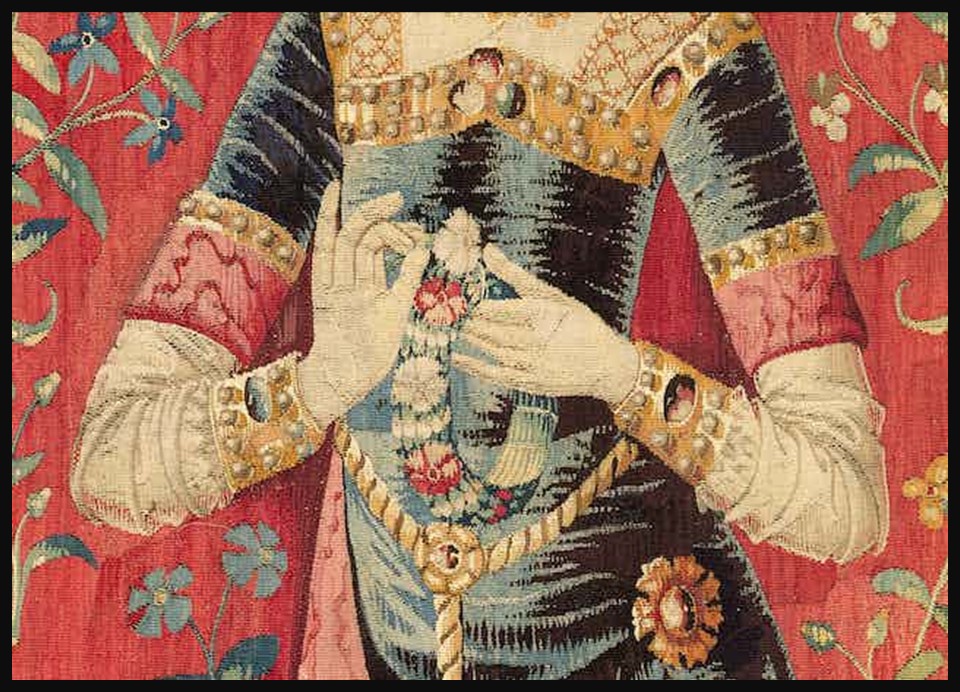
In this picturesque tapestry scene presenting Smell, the third Sense… the Lady is occupied in crafting a floral garland using carnations from a tray tendered by her lady companion. The symbolic gesture is accentuated by a monkey in the background, engaged in the act of smelling a rose. Both women are fashionably groomed, showing luxurious inner and outer garments. The Lady’s hair, mostly concealed, is adorned with a short headdress intricately divided by rows of pearls and bordered with gems, creating a regal allure. Contrastingly, the lady companion’s hair is elegantly styled on the sides, secured with ribbons, and covered with a modest short band, adding a touch of sophistication to this enchanting tableau.
Hearing is presented with a captivating tapestry moment… the Lady is immersed in the melodious pursuit of playing a portative organ, its bellows deftly operated by her lady companion. Set upon an oriental rug, the instrument’s posts are adorned with intricate depictions of a Unicorn and a Lion, lending an air of regality to the scene. The composition, though narrow, exudes elegance, with banners gracefully concealing the trees behind them.
In this poignant tapestry tableau depicting the fifth Sense of Sight… the Lady assumes a seated posture, tenderly caressing the Unicorn with her left hand. The Unicorn reciprocates by resting its front legs on her lap, its gaze fixated on a mirror, a precious piece of gold work. Meanwhile, in the background, a lion cub, a dog, and a rabbit participate in the looking game, enriching the tapestry with additional layers of charm and symbolism.
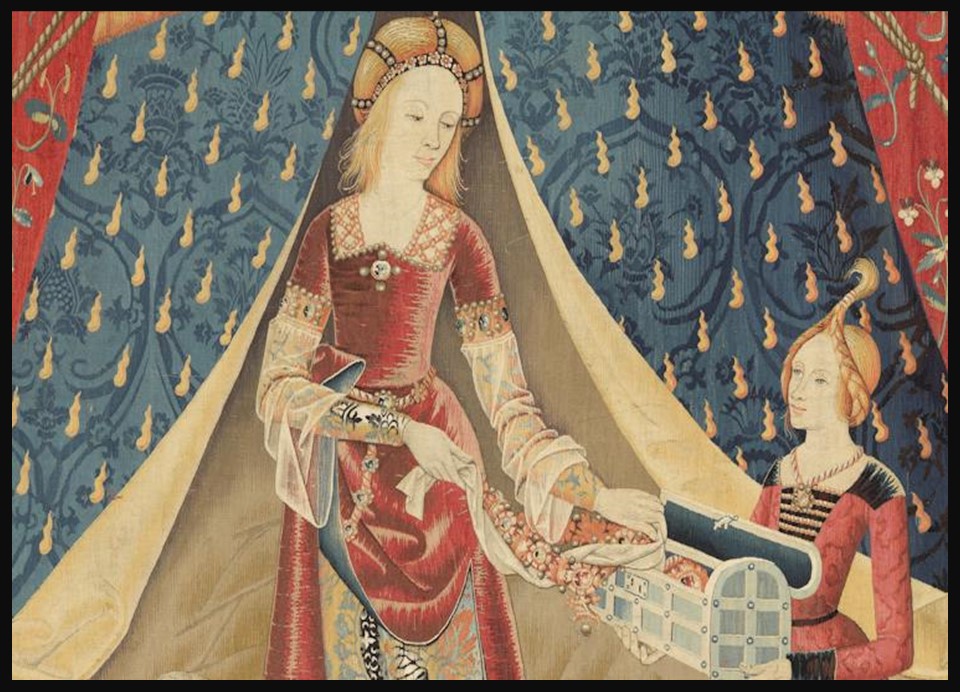
In front of a captivating blue pavilion bearing the enigmatic inscription, Mon Seul Désir/My sole desire, a mysterious scene unfolds, prompting contemplation of its profound meaning. This is the sixth Tapestry in The Lady and the Unicorn series! Interpreted as a part of a larger allegory of the senses, this tableau is thought to convey the essence of a ‘sixth sense.’ In medieval symbolism, this transcendent sense could signify the soul, the mind, or the heart – the very core of moral life and carnal desire. The crux of the allegory lies in the phrase ‘My sole desire,’ which, while evoking courtly romanticism, also hints at moral reason or ‘free will.’ The ambiguity of the lady’s actions adds to the intrigue: is she adorning herself with jewels taken from the casket, or is her gesture one of renunciation? Whether embracing or rejecting the pleasures of the senses, her actions are driven by her own free will, epitomizing her ‘sole desire’ for agency and self-determination in this enigmatic tapestry scene.
The Lady and the Unicorn tapestry series at the Cluny Museum is an exquisite embodiment of medieval aesthetic refinement. Crafted around 1500, these masterpieces showcase a harmonious interplay of vibrant colors, intricate details, and symbolic depth. The balanced and elegant compositions feature an aristocratic Lady, a Unicorn, and a Lion against a rich Mille Fleur background, with each tapestry encapsulating a unique allegory of the human Senses. The tapestries’ aesthetic allure lies not only in their technical brilliance but also in the subtle conveyance of narratives, inviting viewers into a timeless world where beauty, symbolism, and craftsmanship intertwine seamlessly.
For a PowerPoint on The Lady and the Unicorn Tapestries in the Cluny Museum, please… Check HERE!
Bibliography: https://www.artgallery.nsw.gov.au/artboards/theladyandtheunicorn/ and https://bloginfrance.com/french%20life/2017/11/22/lady-and-unicorn.html and https://www.musee-moyenage.fr/en/collection/the-lady-and-the-unicorn.html and https://www.musee-moyenage.fr/media/documents-pdf/fiches-de-salles/fichesalle13damelicorne-histoireiconographie-ang.pdf
